Training for a hiking trip in Nepal requires a combination of physical conditioning, mental preparation, and skill-building. Here's a few training tips to help you prepare:
Cardiovascular Fitness
Hiking in Nepal often involves long hours of walking at high altitudes. Focus on activities that improve cardiovascular endurance, such as walking, running, cycling, or swimming. Gradually increase the duration and intensity of your workouts over time.
Strength Training
Strengthening your leg muscles, core, and upper body will help you tackle steep ascents, uneven terrain, and carry your backpack comfortably. Include exercises like squats, lunges, calf raises, planks, and upper body exercises such as push-ups and pull-ups in your routine.
Hiking Practice
If possible, train by hiking on trails with similar terrain and elevation gain as those in Nepal. Start with shorter hikes and gradually increase the distance and elevation as your fitness improves. Practice carrying a backpack with the weight you plan to carry during your trek.
Flexibility and Balance
Yoga or Pilates can improve your flexibility, balance, and stability, which are essential for navigating challenging terrain. Incorporate stretching exercises into your routine to prevent injuries and improve overall mobility.
Mental Preparation
Hiking in Nepal can be physically demanding and mentally challenging, especially during long days or adverse weather conditions. Develop mental resilience by practicing mindfulness, visualization, and positive self-talk. Familiarize yourself with potential challenges and prepare contingency plans.
Nutrition and Hydration
Maintain a balanced diet rich in carbohydrates, proteins, healthy fats, and hydration to fuel your training and support recovery. Practice eating and drinking strategies that work best for you during long hikes.
Gear Familiarization
Ensure you're familiar with all the gear you'll be using during your trek, including hiking boots, backpack, clothing layers, trekking poles, and camping equipment. Test your gear beforehand to identify any issues and make necessary adjustments.
Medical Preparation
Consult with a healthcare professional before your trip, especially if you have any pre-existing medical conditions. Pack a basic first aid kit and medications for common ailments such as altitude sickness, blisters, and gastrointestinal issues.
Remember to listen to your body during training and adjust your routine as needed to prevent overtraining or injury. By following a structured training plan and adequately preparing both physically and mentally, you'll be better equipped to tackle the challenges of hiking in Nepal and fully enjoy the breathtaking scenery and unique culture it offers.




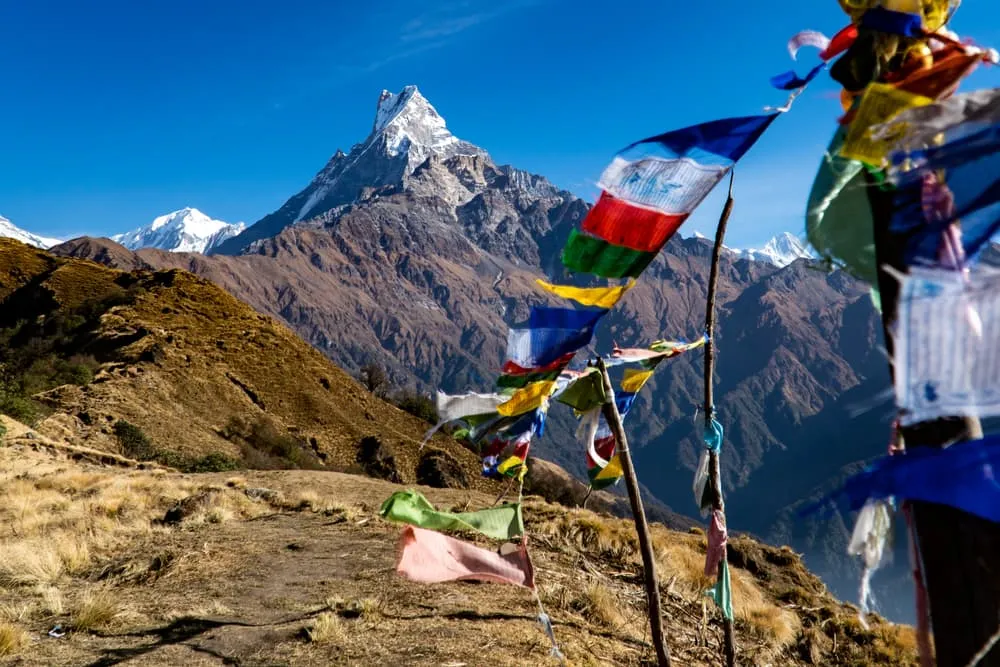
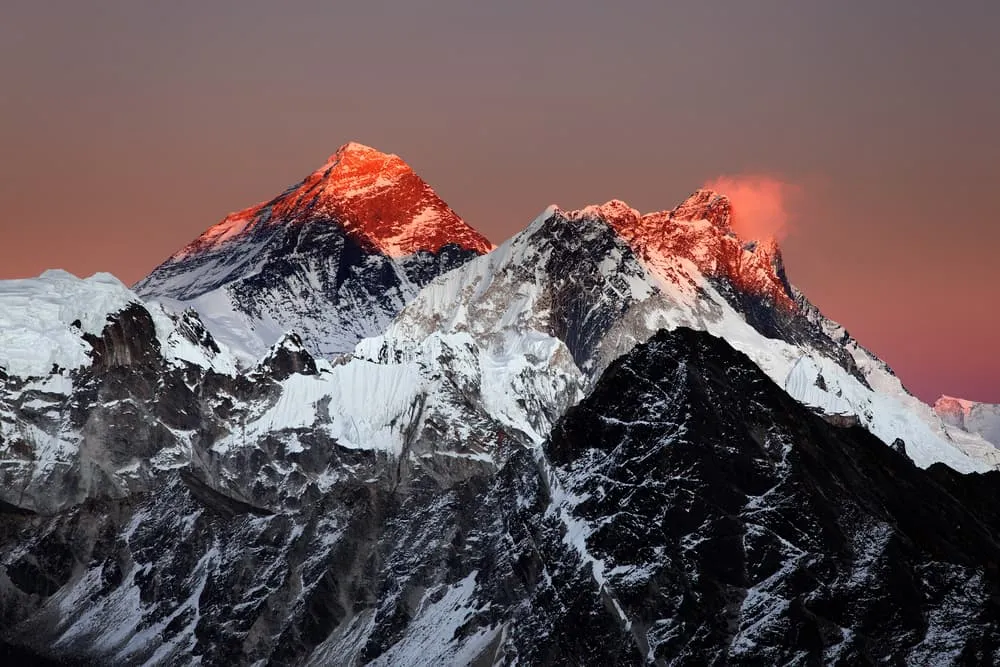

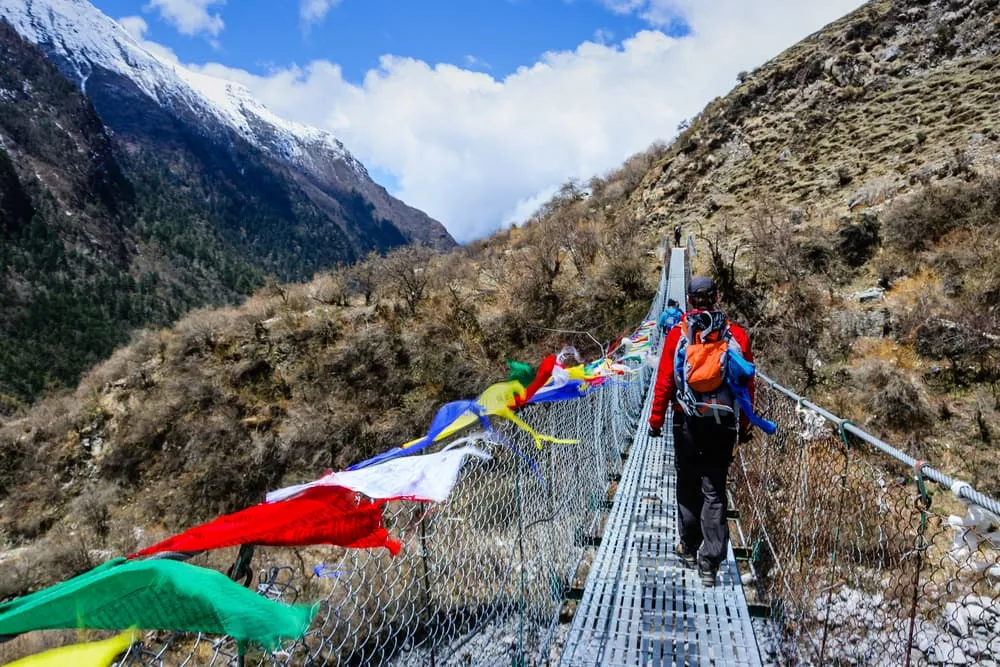
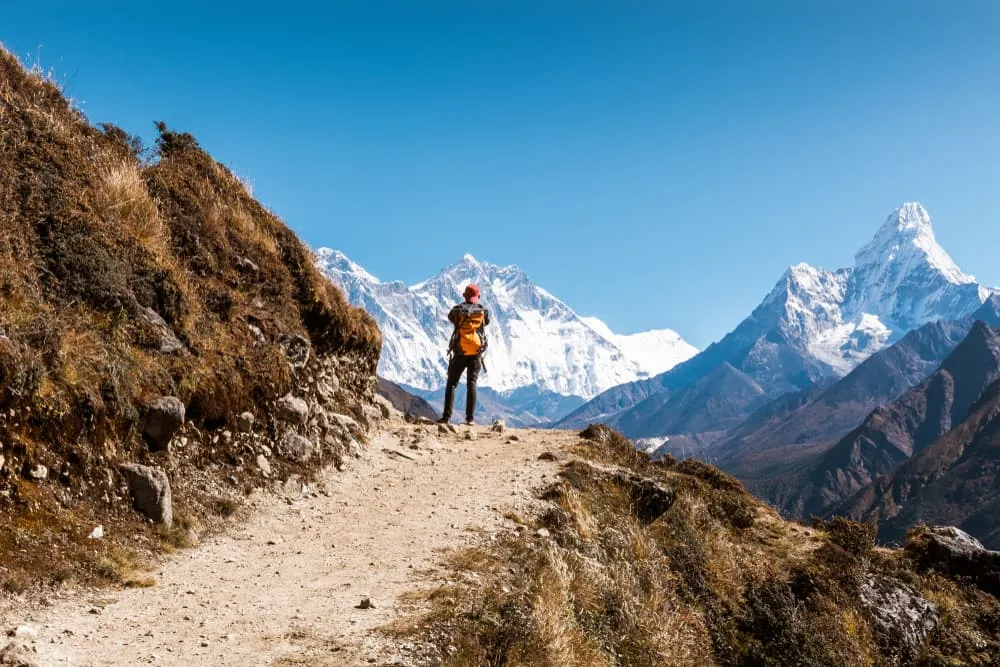
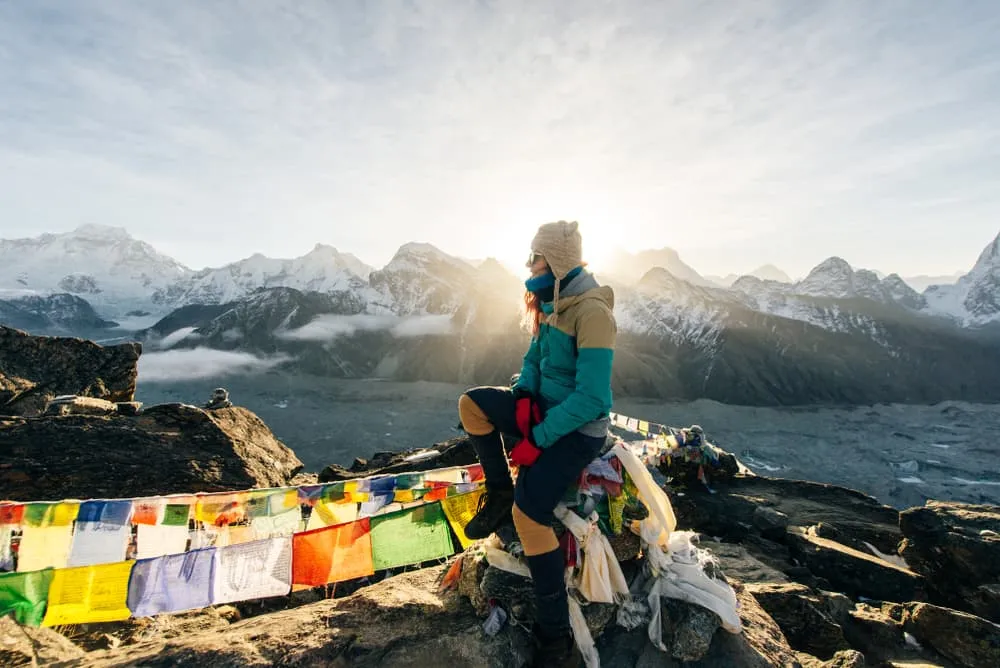

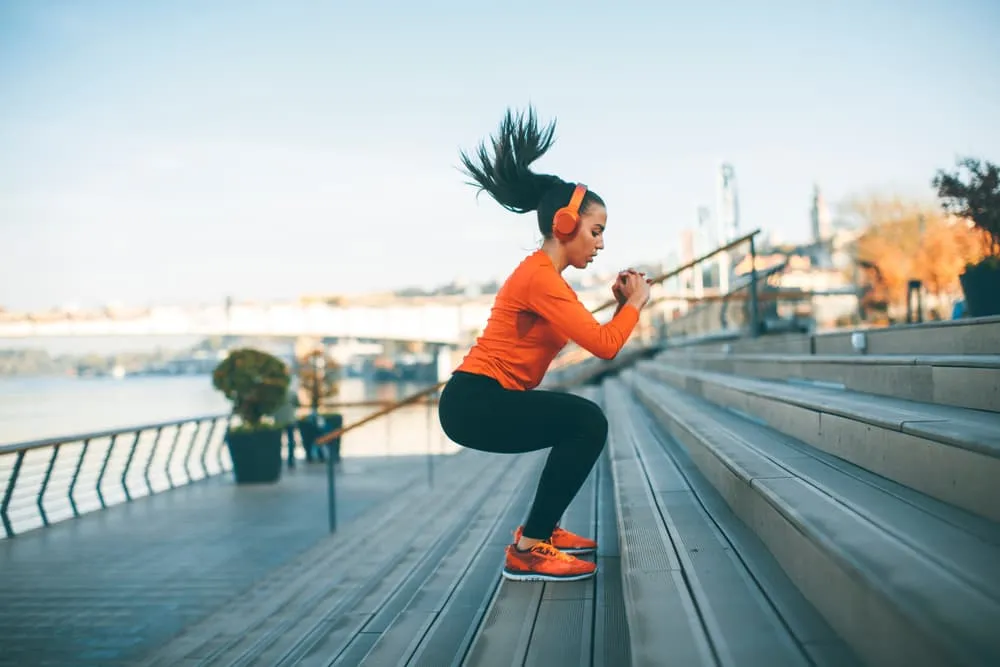
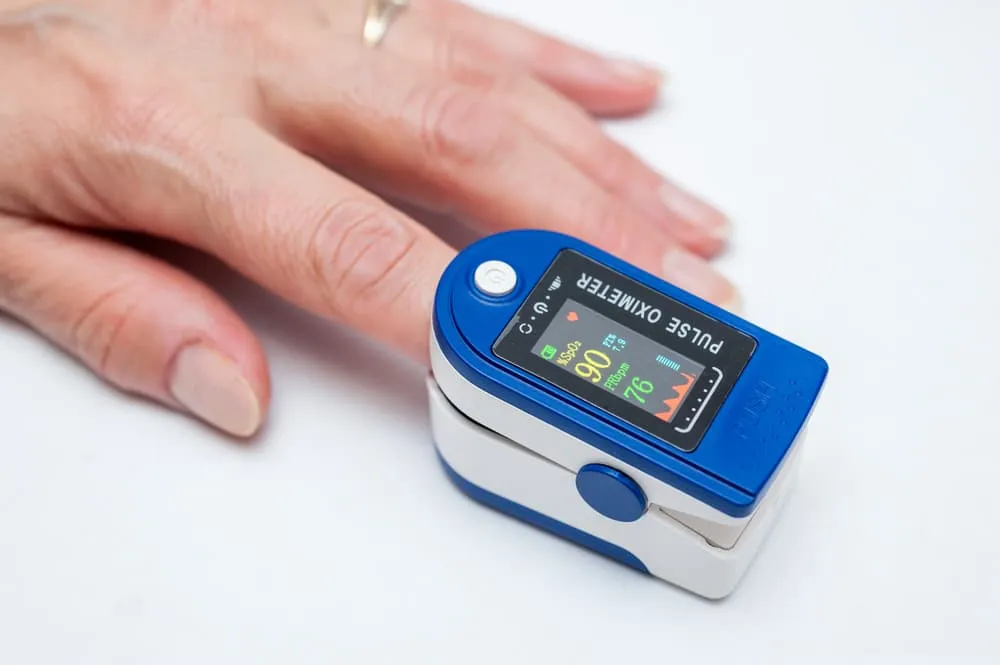




Comments